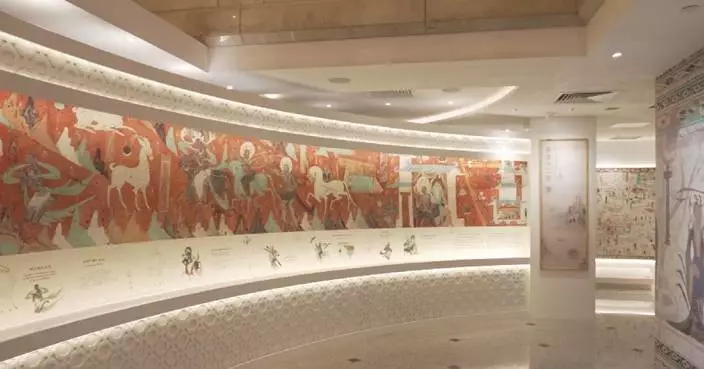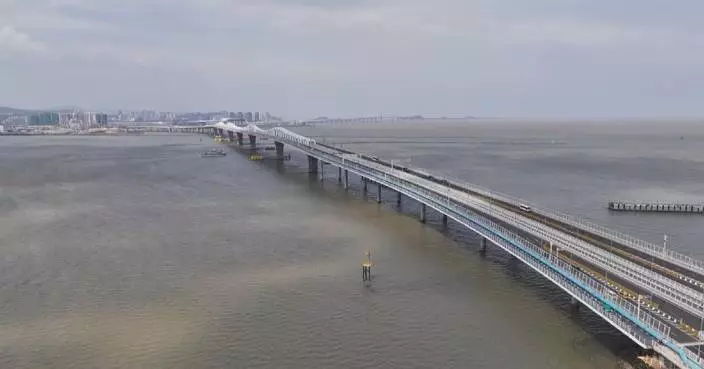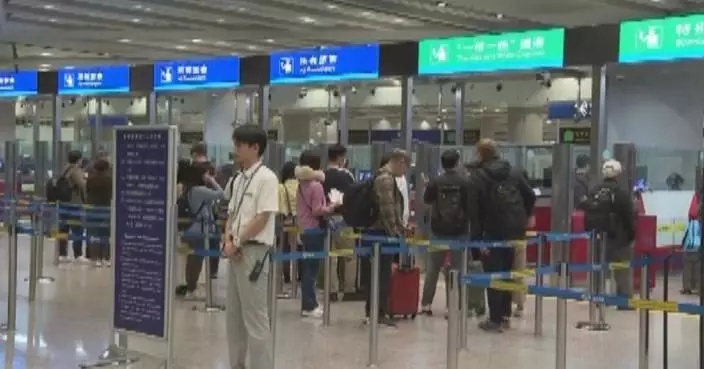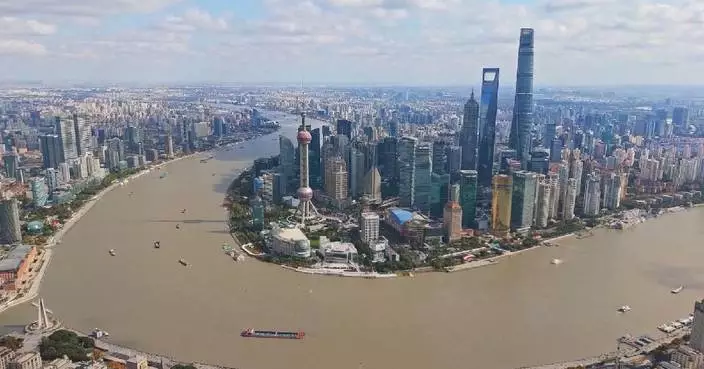Local residents in Hodeidah, Yemen, witnessed intense bombings on Sunday and captured footage of the horrific moments on their mobile phones, showing red flames and thick clouds of smoke rising into the skyline.
According to Yemeni authorities, Israel launched a series of air strikes on Hodeidah Port and Ras Isa Port in Hodeidah province and two power stations on Sunday evening. The attacks resulted in at least five deaths and 57 injuries, the health authorities said.
The Yemeni government on Monday condemned Israeli strikes on the Houthi-controlled Red Sea port city of Hodeidah.
In a statement released by the state-run Saba news agency, the government also issued a stern warning to both Israel and Iran, urging them "to refrain from using Yemeni territory as a proxy battleground."
The statement denounced Israel's Sunday airstrikes against Hodeidah as "a violation of Yemen's sovereignty and a contravention of international laws and conventions."
In the statement, the Yemeni government expressed deep concern over the potential escalation of the already dire humanitarian crisis gripping the war-torn nation.
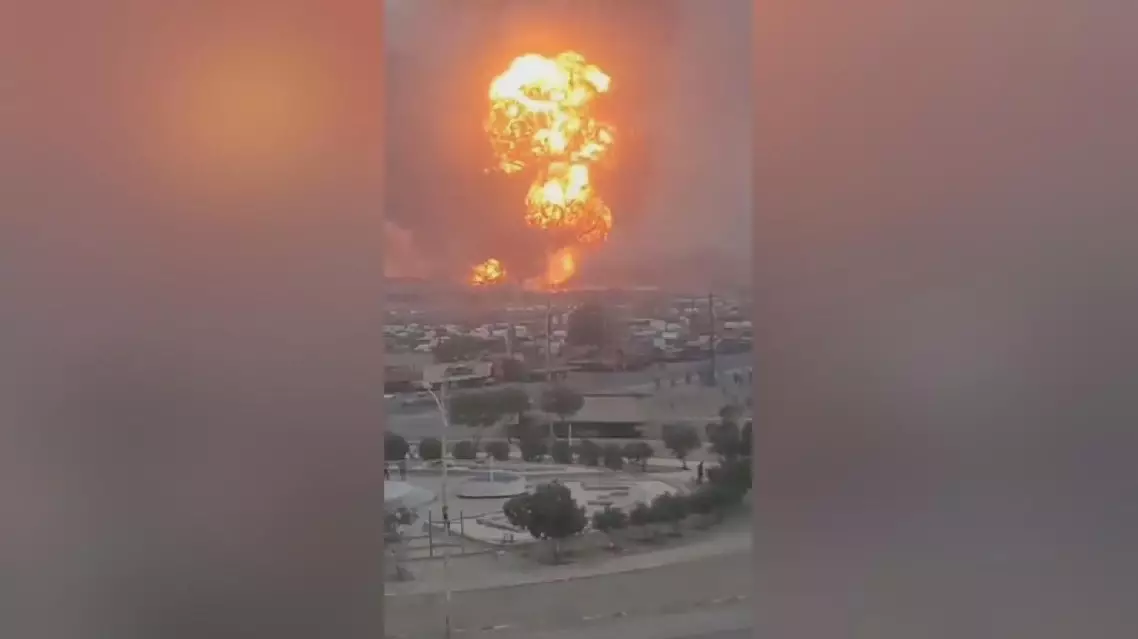
Locals capture footage of Israeli strikes on Yemen's Hodeidah
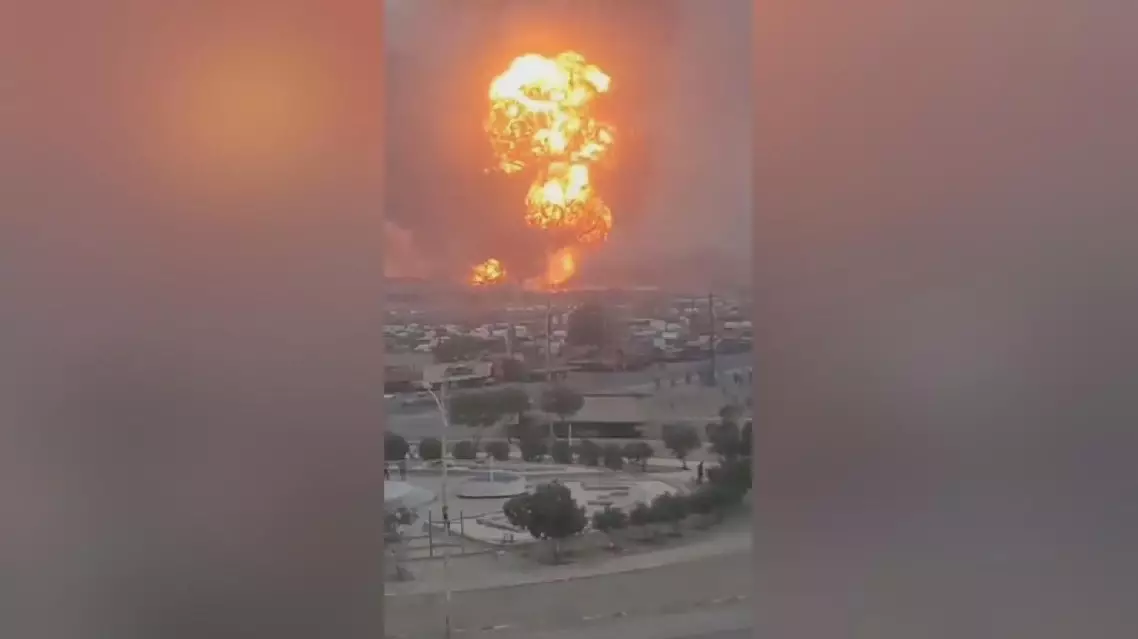
Locals capture footage of Israeli strikes on Yemen's Hodeidah
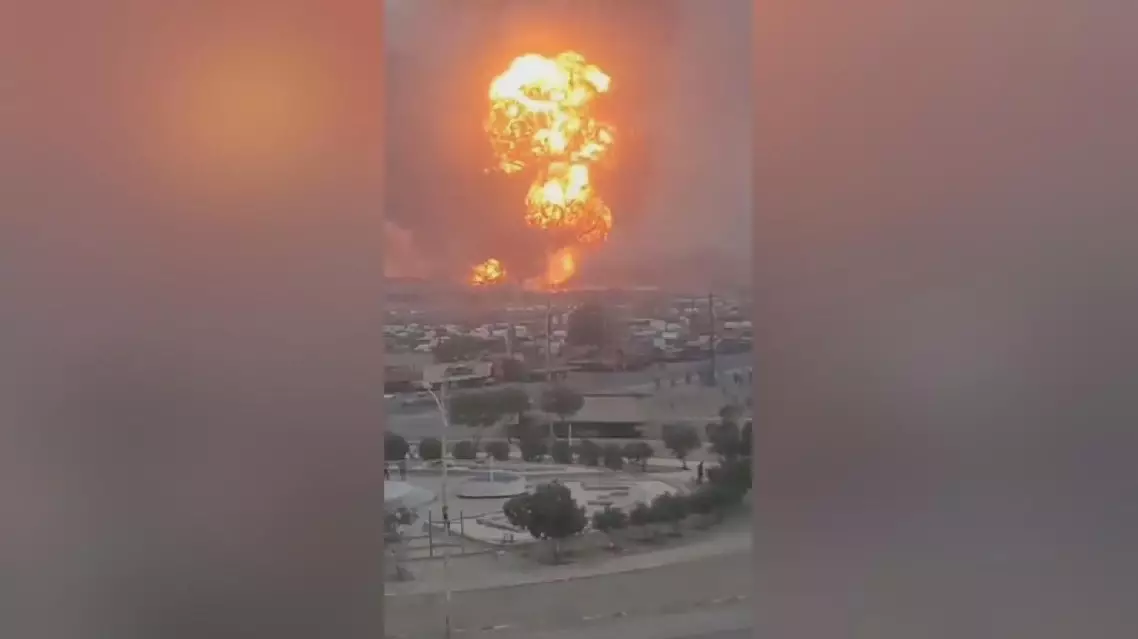
Locals capture footage of Israeli strikes on Yemen's Hodeidah
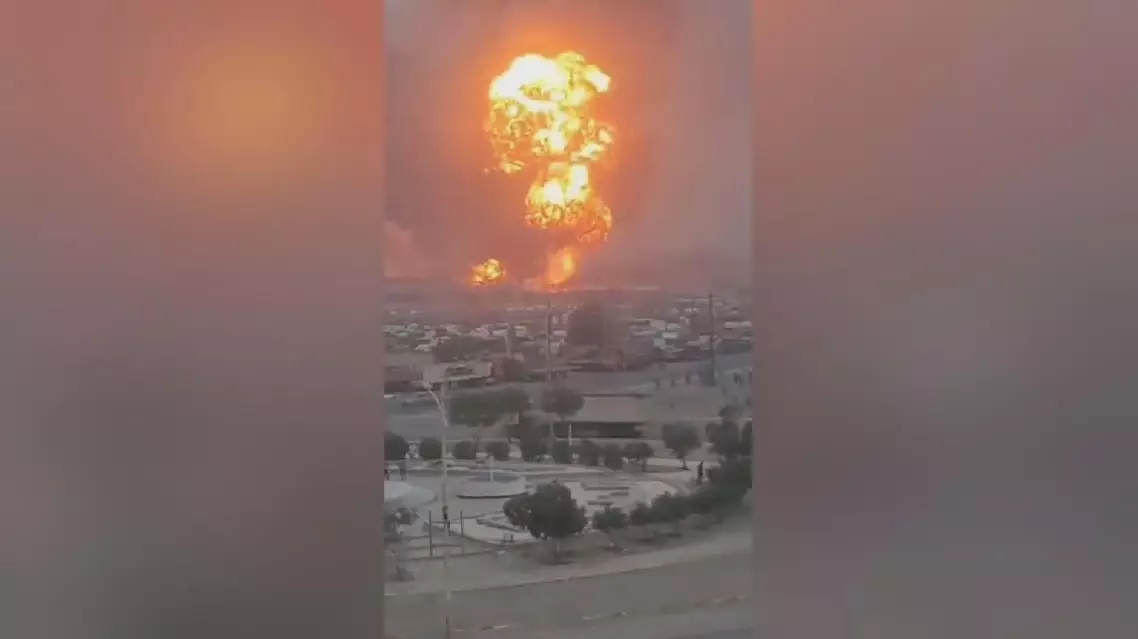
Locals capture footage of Israeli strikes on Yemen's Hodeidah
Short dramas and immersive theater are redefining entertainment for young people in China, capturing the imagination of Generation Z with innovative storytelling formats that feature rapid-fire narratives and audience participation.
Micro dramas, typically consisting of dozens of minute-long episodes, are designed for viewing on smart devices. These vertically shot short series featuring intense plot twists and rapid story development have quickly gained a large following.
The emergence of micro dramas coincides with a broader global trend toward bite-sized media consumption. As content is increasingly enjoyed in shorter formats, these dramas cater perfectly to the fast-paced digital lifestyle of today's viewers.
According to the latest Statistical Report on China's Internet Development, released in August, over half of Chinese netizens have watched micro dramas.
The industry saw explosive growth in 2023, which has been dubbed the "year one" for micro dramas. Data from iiMedia Research indicates that the market size of China's micro drama sector skyrocketed by 268 percent year-on-year to 37.39 billion yuan (about 5.3 billion U.S. dollars) in 2023, and it is predicted to exceed 100 billion yuan (about 14.2 billion U.S. dollars) by 2027.
"Producing a short drama takes about 10 days for preparation and 7 days for shooting. These episodes, like fast food, deliver excitement without deep plot development, allowing for quick consumption," said Zhang Tongtong, a short drama producer.
Typically, these short dramas build to a climax in the initial free episodes, with viewers required to pay for continued access. For audiences, they offer a fresh entertainment format, while for the industry, they usher in a significant shift and create more opportunities for young actors who often struggle to secure roles.
"Adjusting to the new shooting style was tough at first. There are many differences, including reduced plot development, faster pacing, and shooting in a vertical format instead of the traditional landscape orientation. The composition and angles are quite different. Working on the first three short dramas was quite challenging, but gradually I adapted," said Sun Zhaokai, a short drama director.
While micro dramas dominate online platforms, another trend is gaining traction in offline performances. As audiences seek more immersive experiences, the rise of immersive theater transforms viewers from passive spectators into active participants in the narrative.
"I used to do 10 shows a month, but now I might do 30-40 shows. As the enthusiasm of the audience grows, the aesthetic standards also increase. Therefore, we must constantly strive to enhance our performances," said Gao Jinlei, an actor with Mahua FunAge, a popular Chinese comedy film and stage play production company.
Before performances officially begin, actors engage in rehearsals, test microphones and interact with audience members in the waiting area, fostering an interactive atmosphere that primes attendees for the main event.
"Since last March, there has been a significant increase in the number of people coming to our theater and shows are consistently selling out quickly. Our audience mainly consists of young people who really love expressing themselves. We have enhanced our viewing space by creating perfectly themed scenes for each show complete with props like food for a restaurant scene to further engage the audience and make them feel like they are part of the show," said Ma Yueshu, deputy general manager of the theater business of Mahua FunAge.

Micro dramas, immersive theater transform entertainment for young Chinese







